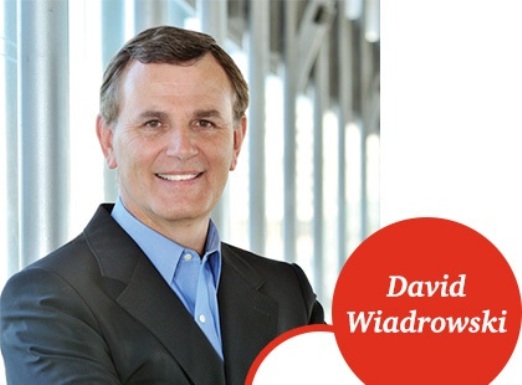Innovation and the ability to turn data into targeted consumer offerings is how smart radio businesses will create a competitive edge, according to PwC’s Entertainment and Media Outlook released today.
While the report revealed very few surprises about specific radio trends to inform those already in the industry, it did highlight the need for radio professionals to be data-driven.
PwC’s Technology, Infocoms, Communications and Entertainment Leader David Wiadrowski says, “With data, where the sector needs to step up is in understanding how to structure and use the data to develop new, more agile business models.”
“Many Australian businesses already believe they are data-driven when in fact they are ‘data-after’ – using data to support preferred, tightly-held, existing beliefs.
“Data after promotes a ‘do-nothing’ approach, which in a difficult environment is an excuse to do nothing.”
The PwC report reveals that the Australian radio industry continues to be strong and enduring.
Australians spent almost 16 hours a week listening to commercial radio in 2012 with breakfast remaining the most popular timeslot.
Commercial radio reaches over 60 per cent of Australians in cars each week. At home remains the number one place people listen to the radio (48%) followed by in the car (35%).
PwC anticipates the campaign for the September 2013 federal election will have a positive impact on commercial radio revenue following a softer year in 2012.
Still, it says radio continues to show its resilience compared to other traditional media. Ratings surveys show the overall audience increased from 9.4 million people a week in 2011 to 9.5 million in 2012.
Radio is a mature industry increasing 0.4 per cent in 2012 to $1.1 billion and is forecast to increase at a compound annual growth rate of 1.8 per cent over the forecast period to $1.2 billion in 2017.
Not surprisingly, the report reveals that the growth of the smart phone adoption coupled with the rise of streaming music services and Internet radio will place growing pressure on traditional radio broadcasters over the next few years in developed Asia Pacific markets such as Australia, cannibalising media consumption hours and advertising spend.
PwC acknowledges that Australia has a highly developed DAB market, with more than 60 per cent of the population now being reached by the next generation DAB technology DAB+.
It says the switch to digital radio will not be complete until car manufacturers include DAB+ in new models.
At the time the report was written, digital radio was available as standard only in the Toyota Camry (Atara SL & HL), Lexus GS and Hino (300, 500 & 700 series trucks). It is also available as an option in BMW (5, 6 and 7 series), Audi (A6, A7, A8) and Land Rover.
More Australians are moving online and in addition to spending digital pennies they are leaving a sizeable digital footprint.
According to the Australian Bureau of Statistics (ABS), there were 1.3 million new subscribers connected to the internet via DSL, cable fibres, satellite, fixed wireless or mobile wireless between 2011 and 2012.
Data downloads were also up 51 per cent from 274,000 terrabytes to 415,000 terrabytes in the year.
“There is no doubt the individual is on the rise and organisations need to harness consumer data, the new rivers of gold, to develop new business models if they are to stay relevant and profitable,” says David Wiadrowski, PwC’s Technology, Infocoms, Communications and Entertainment Leader.
“With an overwhelming amount of unstructured data it will be easier said than done but the consolation is that the tools and techniques that can help, such as processing, bandwidth and storage, are getting cheaper.”
In an environment rich in consumer data new questions are being posed too.
“Navigating a marketplace where rules of behaviour are still unclear for both businesses and consumers is not without its challenges, the most significant being piracy and privacy.”
Participants in the entertainment & media value chain can all benefit from Australians’ increasingly ‘connected lives’ using social media, second screens and mobile devices. Content creators and distributors, advertisers and agencies now have access to a wealth of data from a variety of these sources.

